One of the consequences of Otoyomegatari’s irregular (but always pretty infrequent) release schedule is that I often miss when a new chapter is released. And because I’m not really thinking about it, it doesn’t occur to me to check, sometimes for weeks after a release. I sure as hell would have been all over this chapter if I’d known what sort of content it had though, I’ll tell you that. This was about as elemental as the series gets.
I’ve come to terms with this series never getting an anime (I do sort of get why they’re all terrified of it, despite its powerhouse sales and countless awards). And I certainly have no issues with the release schedule, because at least Mori-sensei avoids long hiatuses. It’s no coincidence which mangaka are “slow” – Mori, Tsukushi, Togashi, Inoue – because they’re the ones doing the most demanding work. I do think wistfully about seeing these panels on screen someday, though. It would probably disappoint, but if they somehow managed to pull it off – wow.
I recently paid a visit to the Otoyomegatari exhibition at the Kyoto International Manga Museum. Seeing so much Mori brilliance in one setting was almost overwhelming (as it was with the last featured manga there, Taniguchi Jiro). The amount of care Mori puts into her work is truly awe-inspiring – that’s as exceptional as her artistic skills quite frankly, and that’s really saying something. She cares so much about this culture and trying to represent it authentically. I admit I’m not expert enough to know how well she’s succeeded, but it could hardly be more convincing.
As for this chapter, it gives us the three Jahan sisters and Halgal cousins on the wedding night (some may be disappointed the wedding itself was skipped, but this was more interesting to me). Azel tells Bekhe that he always thought he wanted a wife who was like an eagle, but that compared to her “everyone else is like a mere lamb”. The timing for these marriages is both ideal and extremely unfortunate – the survival of the Halgal clan itself was in dire question, yet the steppes and village may be engulfed in war with Russia at any moment. And this hangs over the new couples like a malaise (though Bekhe does pledge to fight as hard as any man, and I wouldn’t bet against it).
It hangs over Karluk and Amir too, the main couple in this story and maybe my favorite couple in manga. The age difference has always been the elephant in the room with Otoyomegatari – completely authentic to the setting, yet something Mori-sensei has always had to finesse with great delicacy. Karluk will be about fourteen now, and one can assume that his relationship with Amir has reached a level of physical intimacy more appropriate for a husband and wife. Yet finding a way to suggest this seems like such an insurmountable challenge for any mangaka, even this one.
She’s always found the right side of that imaginary line, wherever it is. But she raises the bar here, because she shows us that intimacy far more directly than she ever has before. Mori leaves just enough to speculation to leave us guessing, while at the same time leaving no doubt that this side of Amir and Karluk’s relationship has progressed a great deal (where were you putting your hand anyway, Amir?). She seems to always come back to “if they love each other, that’s all that really matters” – and it’s hard to argue with the results. The nature of this relationship is unusual by modern standards to be sure. But when they pledge to protect each other, it seems perfectly natural and appropriate – it works for them, and that’s who they are. And why would anyone want to change them?


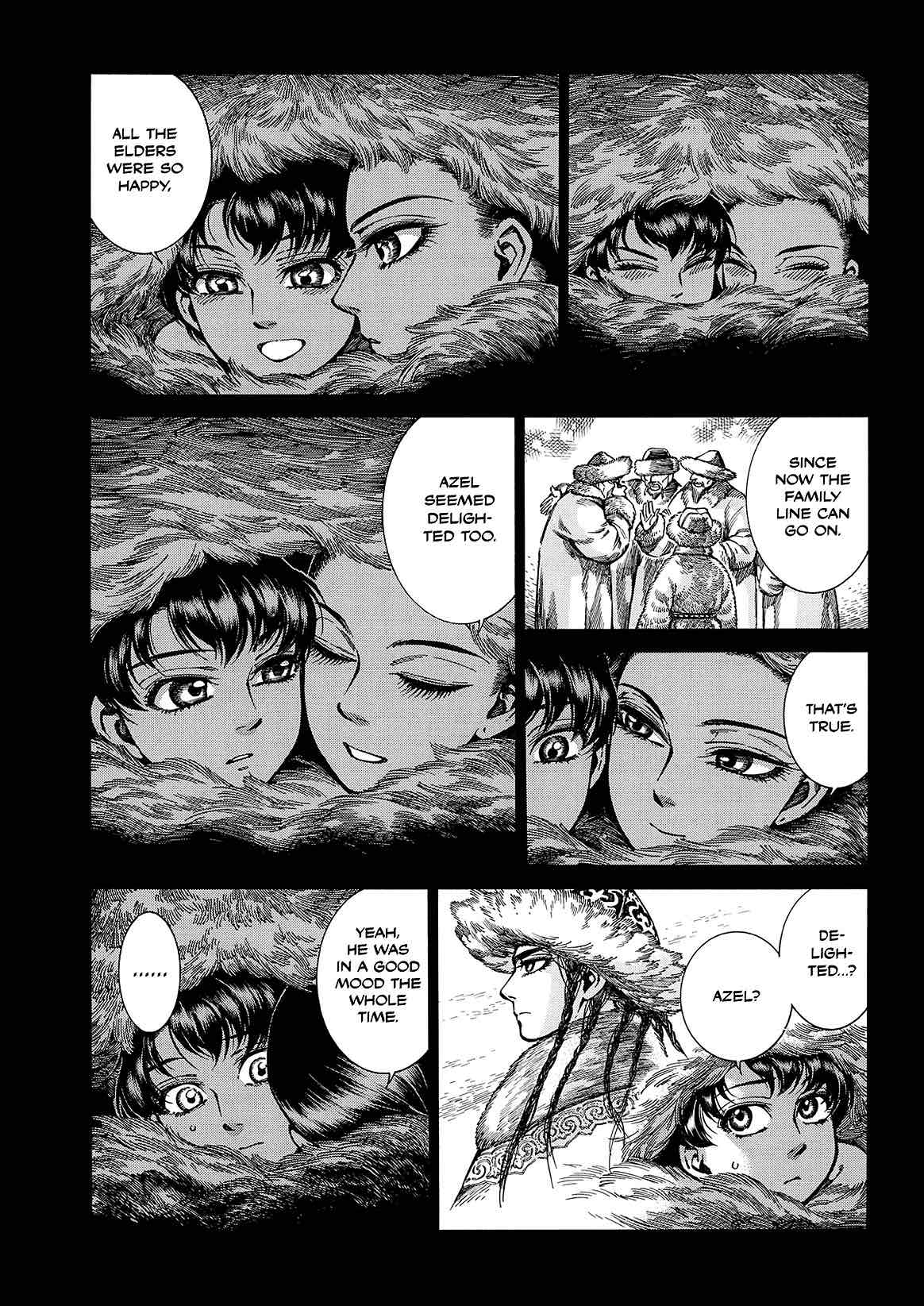
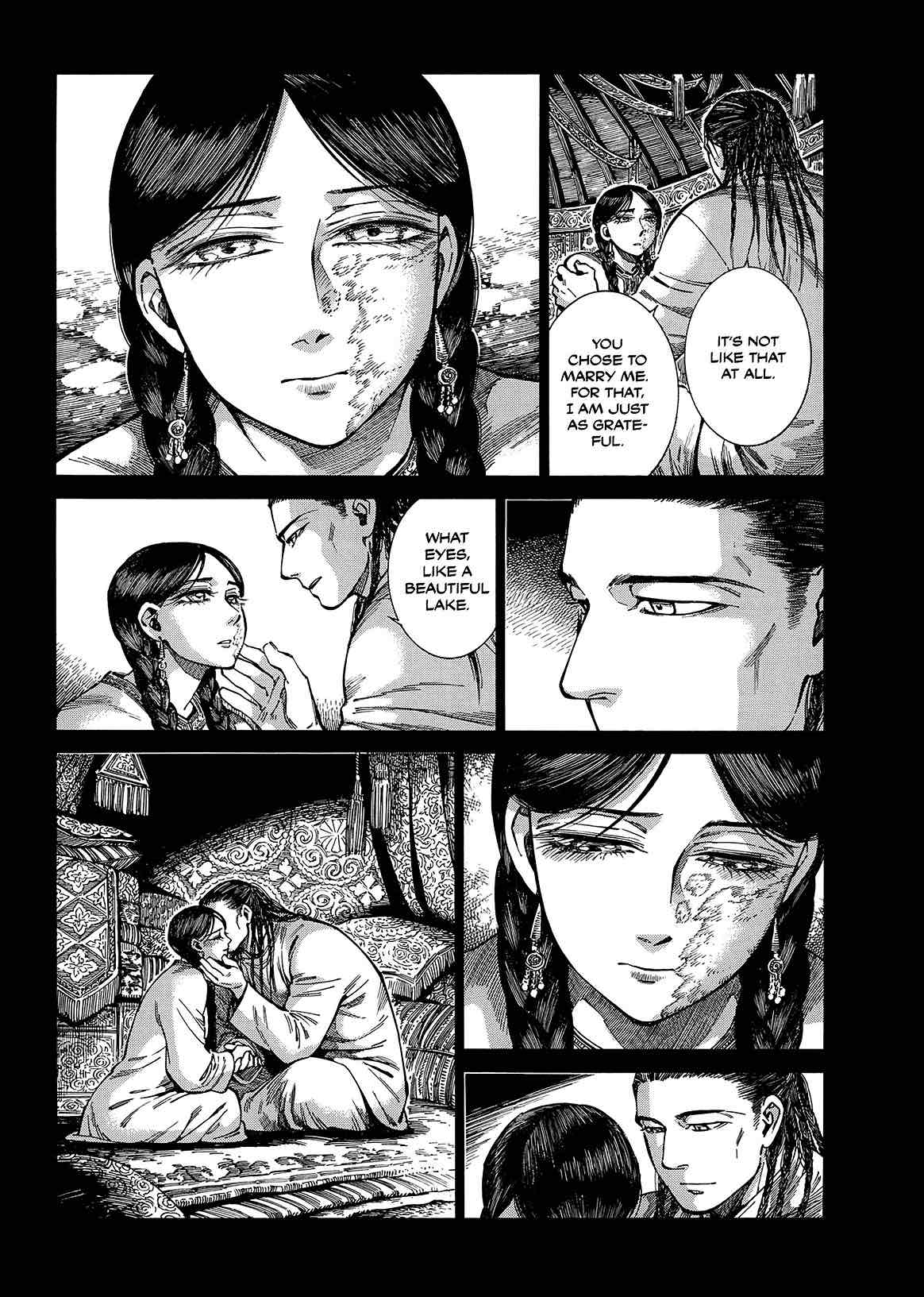
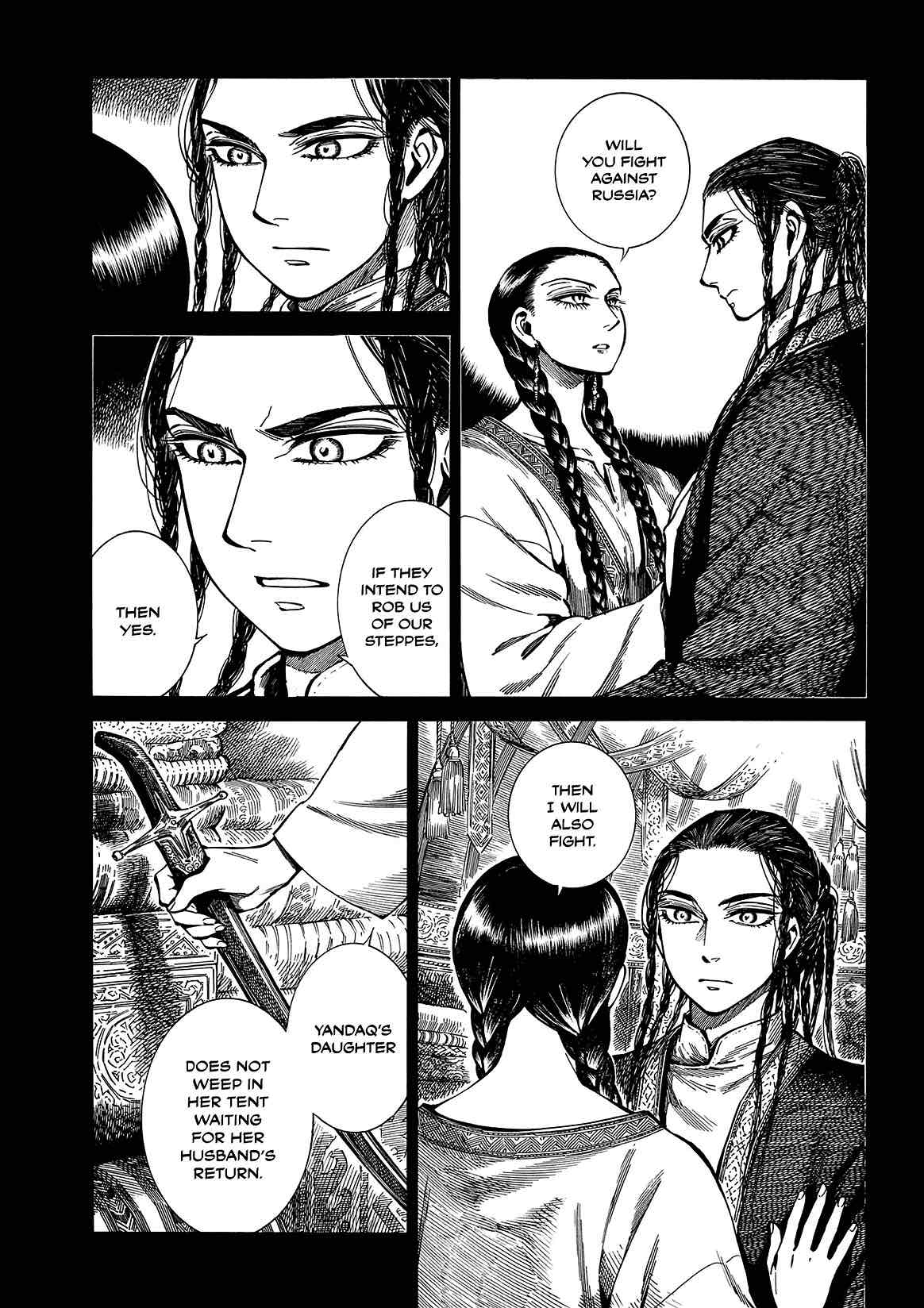
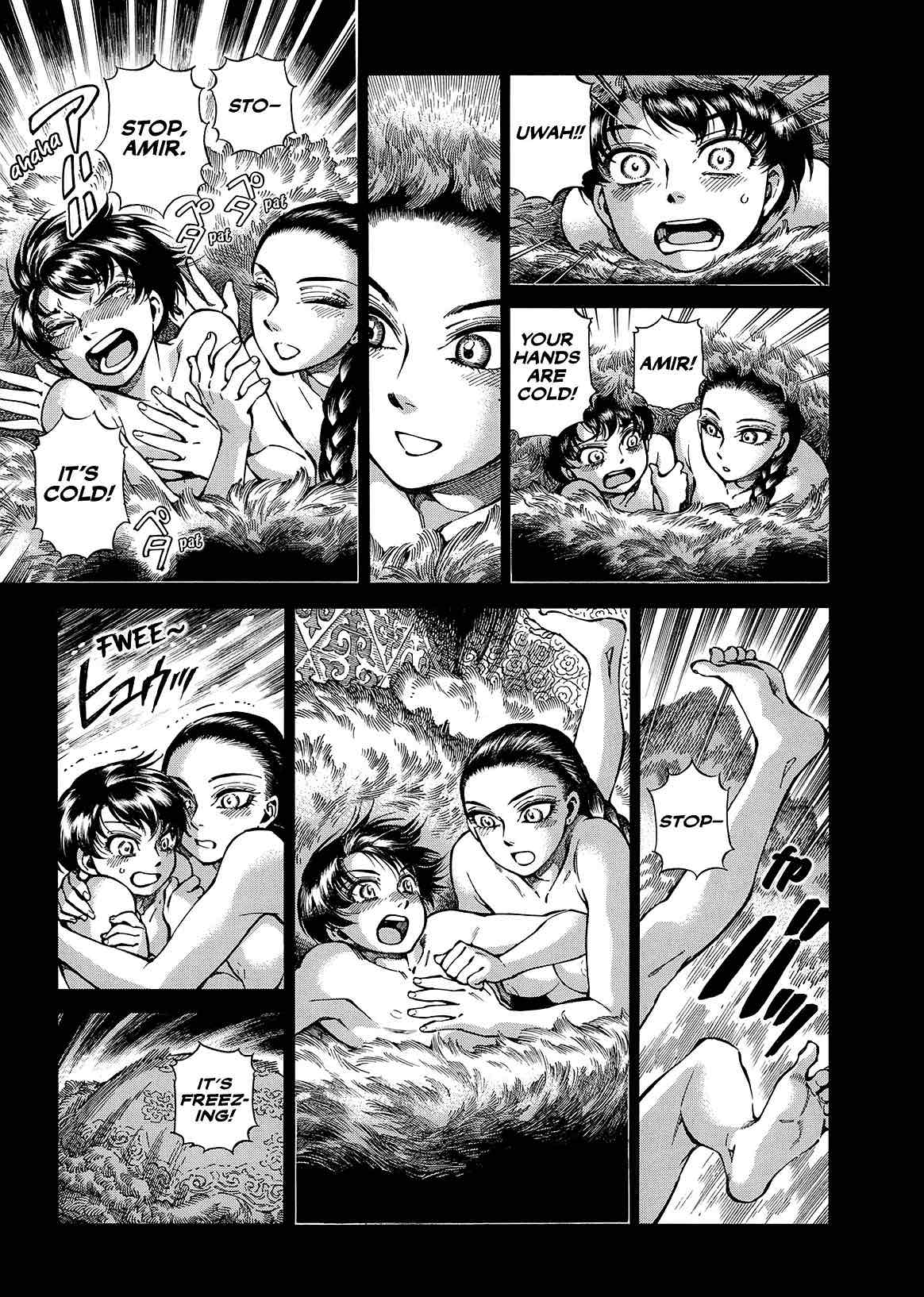
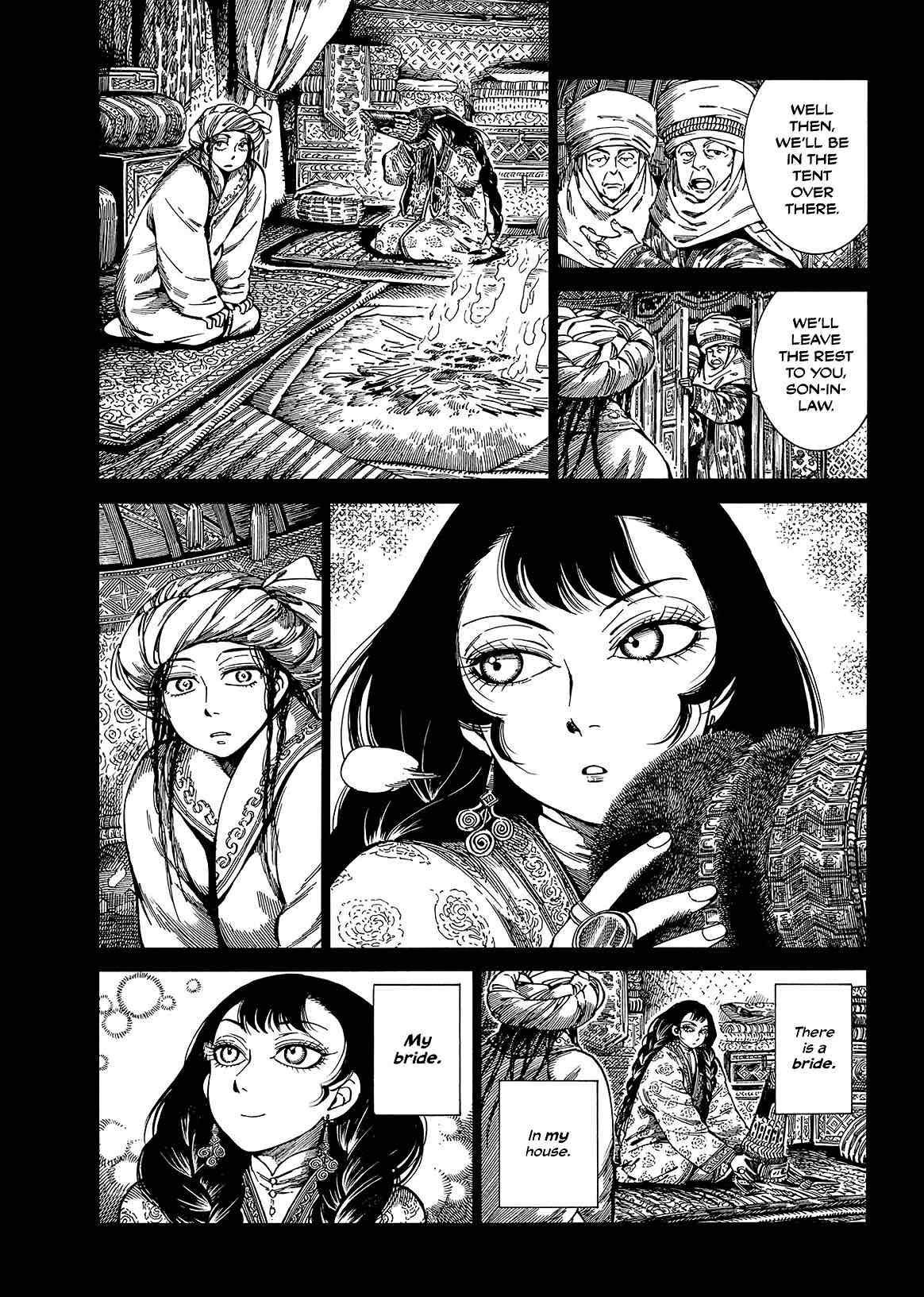
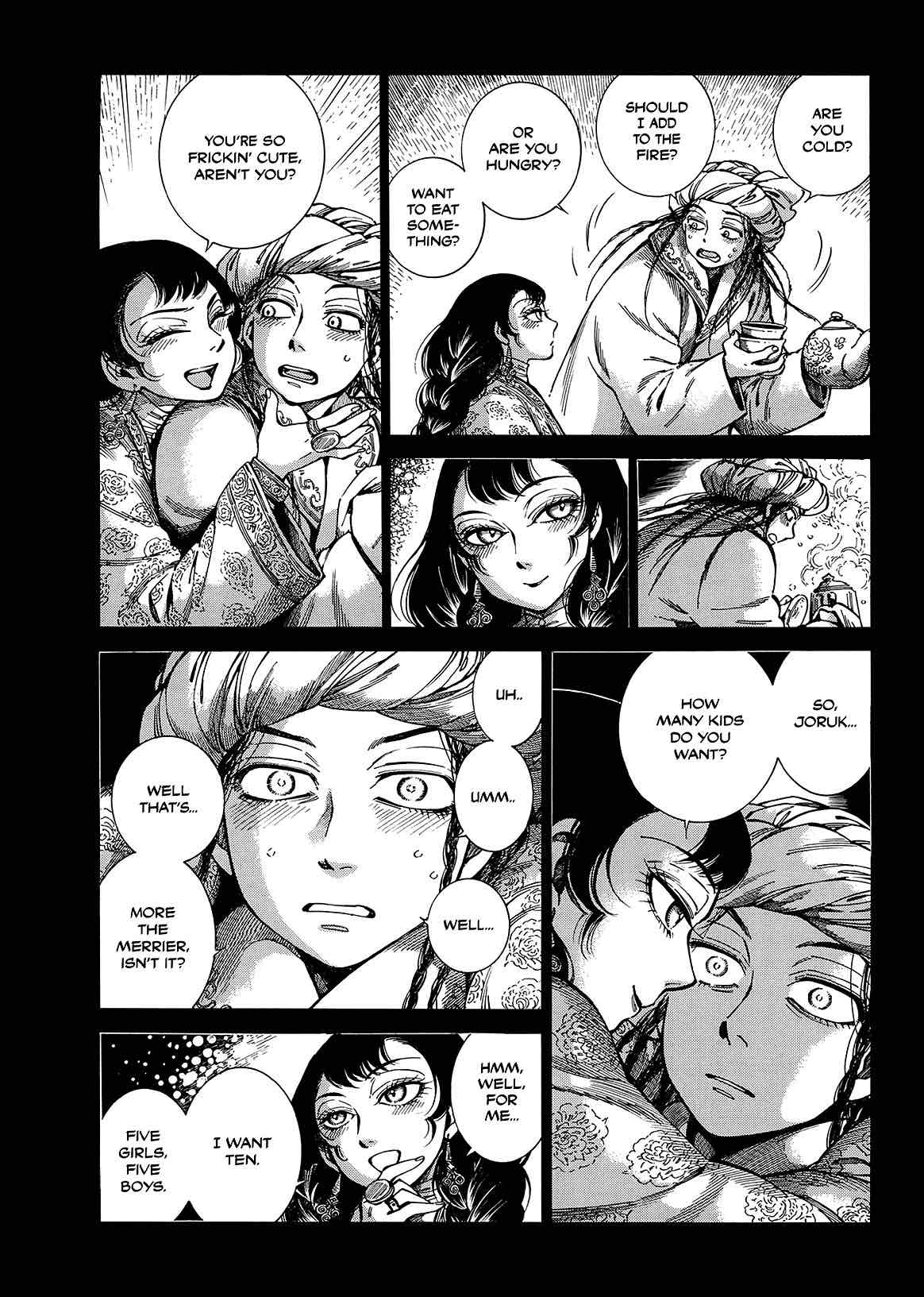
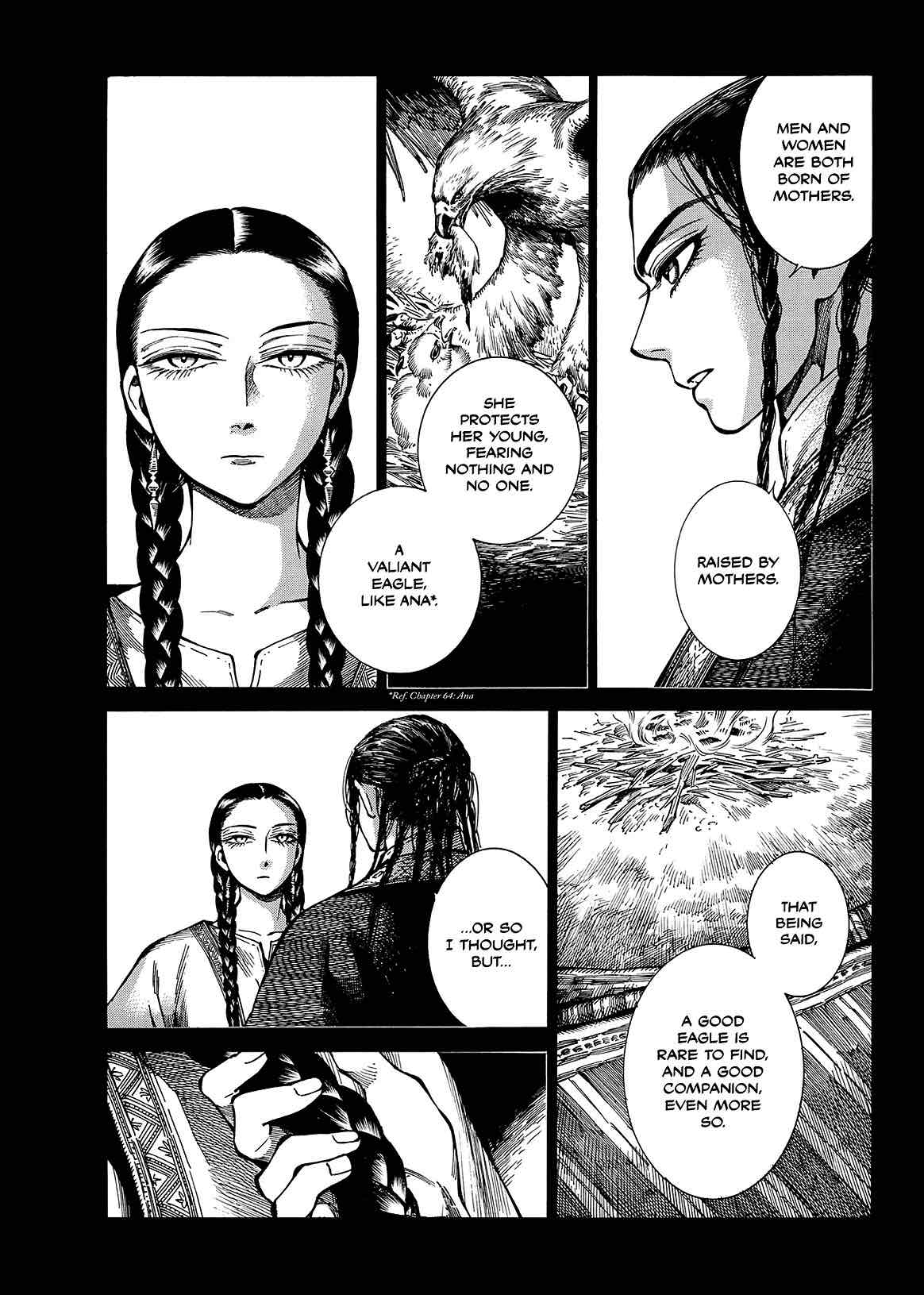
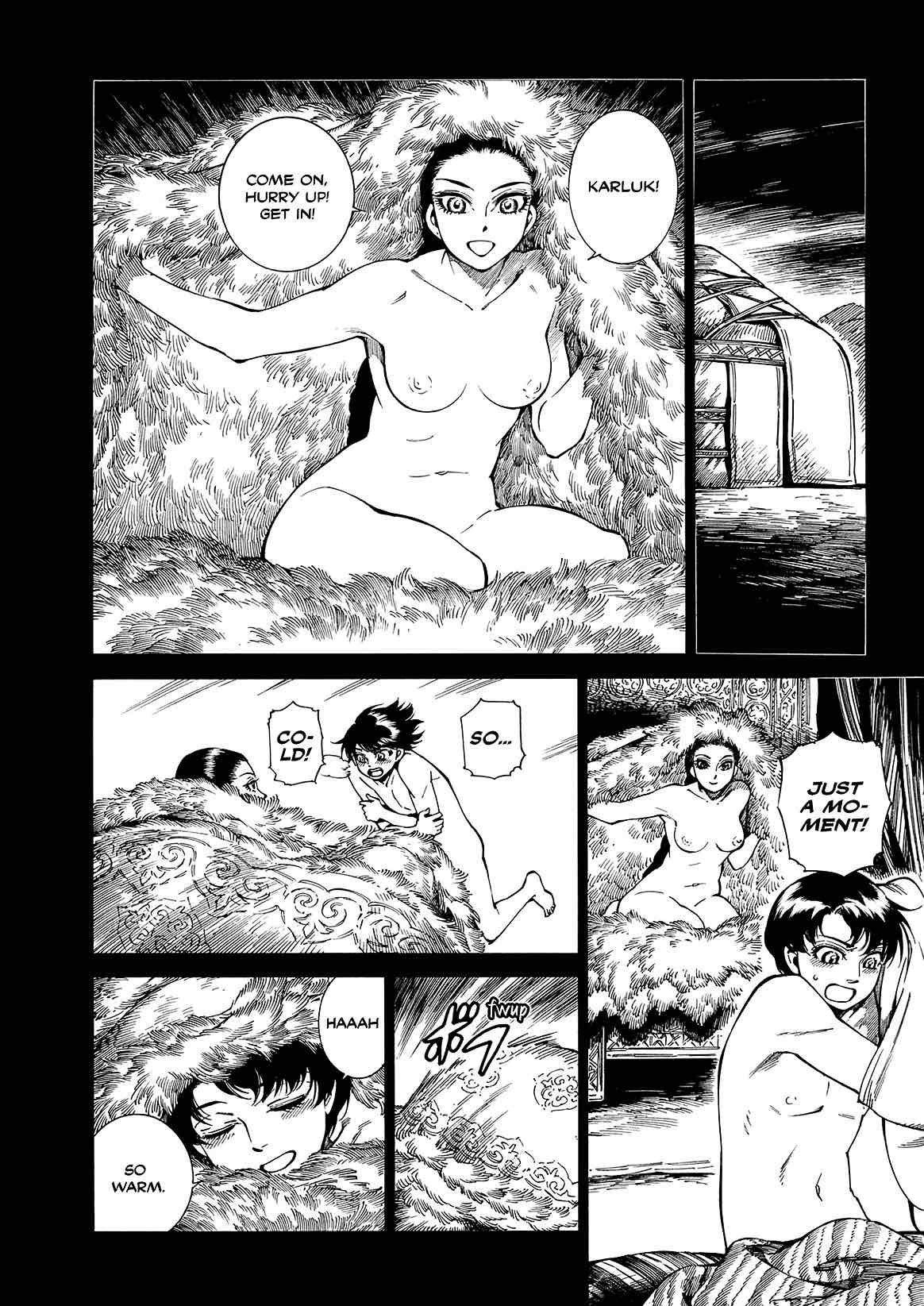
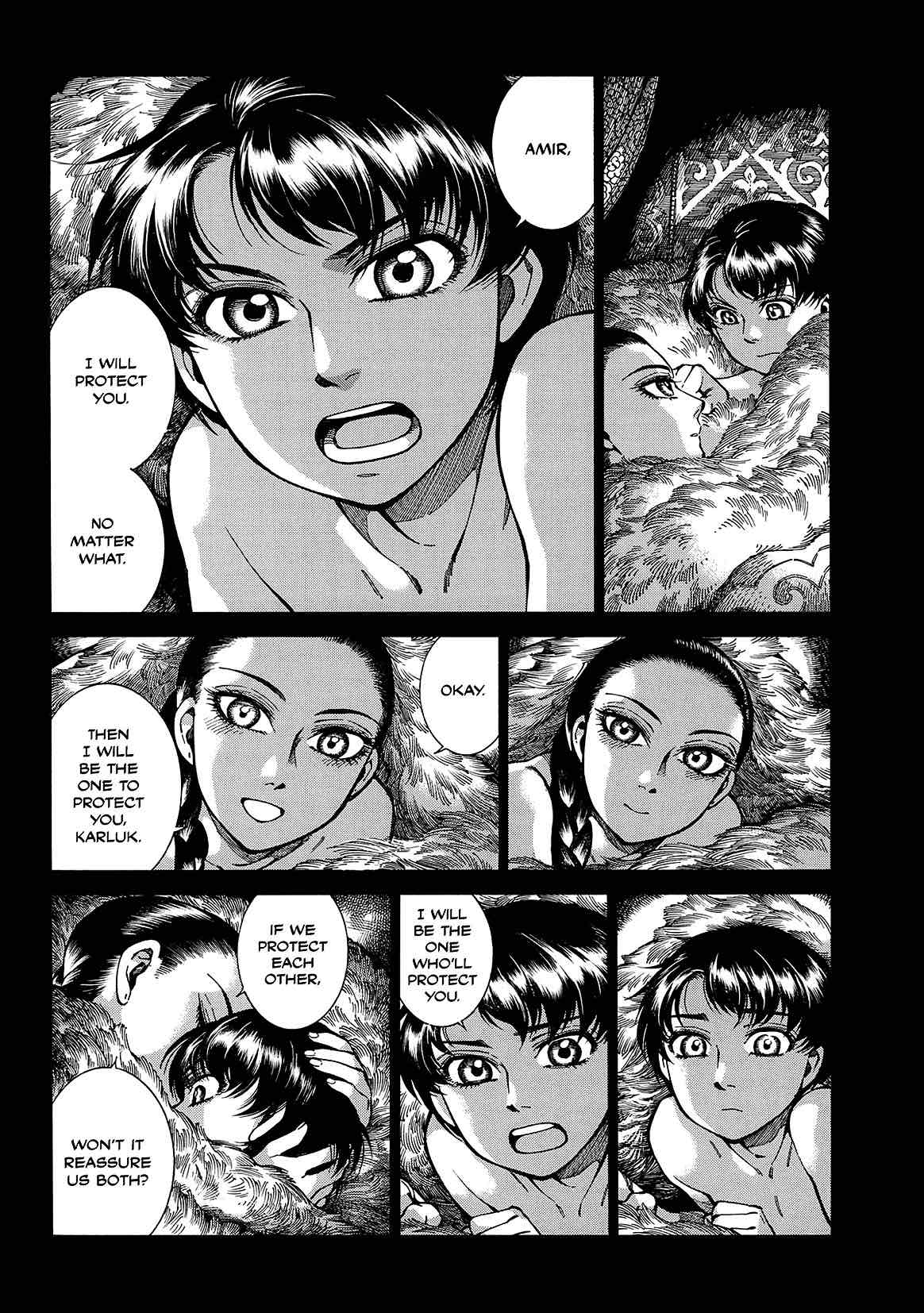
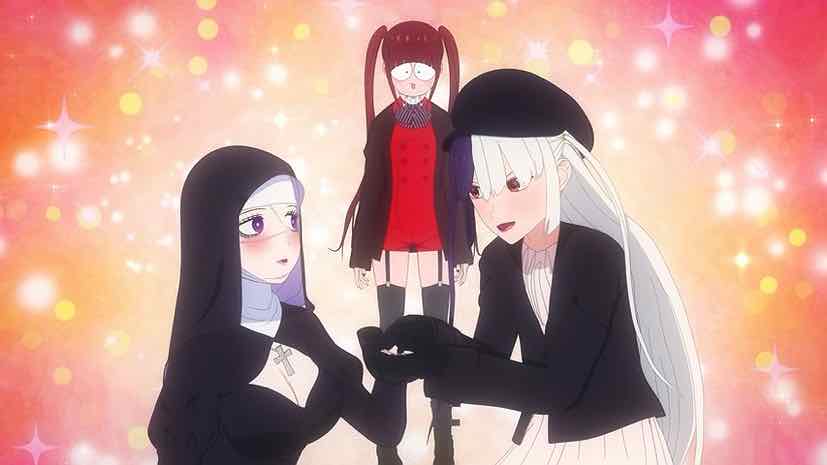

Marty
November 16, 2022 at 10:11 am2 Things.
First, I REALLY hope this story doesn’t end in tragedy, considering the time period and historical expansión of the Russian Empire into Central Asia. I’ve grown attached to many of these characters but it doesn’t seem like history has a positive outcome for their people.
Secondly, I recently noticed Pingback comments, what are those exactly?
P.S. Is the Chrysanthemum Taboo a Patreon only post? If not, how can one read it? It seems like a really interesting topic.
Guardian Enzo
November 16, 2022 at 1:18 pmPingbacks are basically WP notifications that another blog has linked to that post. Some delete them (and I do sometimes, when I can be bothered).
The Chrystanthemum Taboo post is a subscriber-exclusive for one week, as it was 100% paid for by patrons. It goes wide on 11/18. TBH I put that in the excerpt but I didn’t notice that WP blocks the excerpt on the front page of a protected post – sorry about that (and thanks for calling it to my attention).
As for Otoyomgatari, we can only hope. It was indeed a brutal time and place but Mori isn’t exactly the Urobutcher.